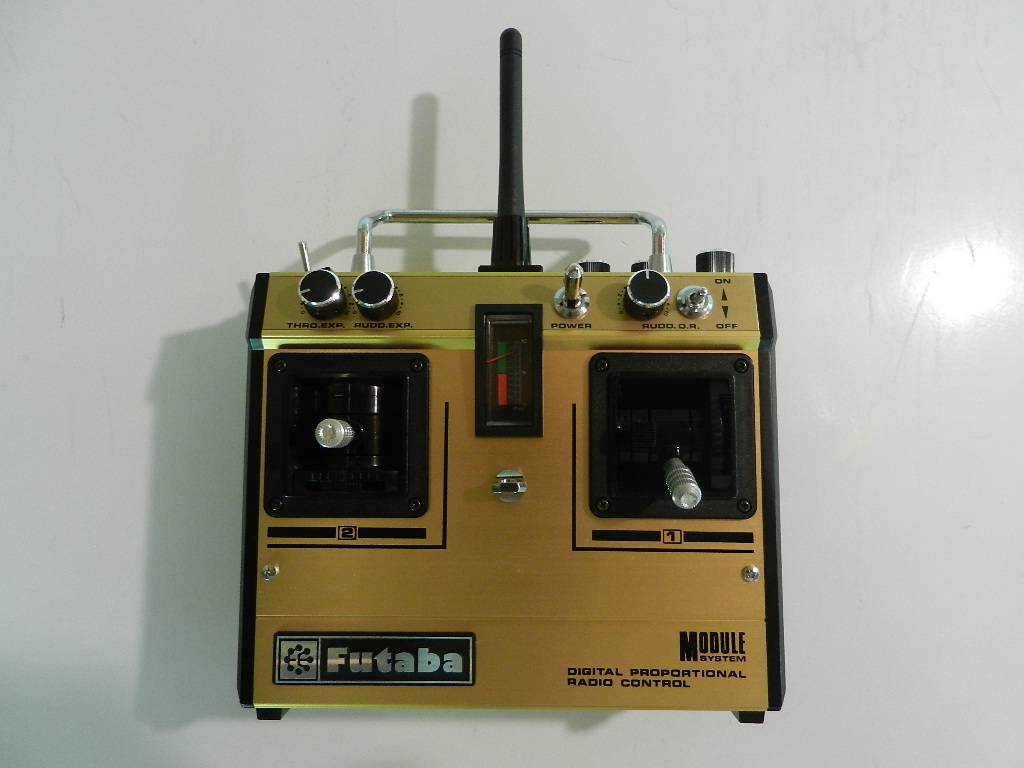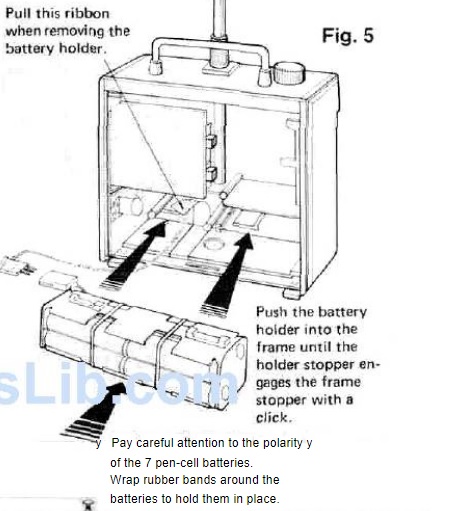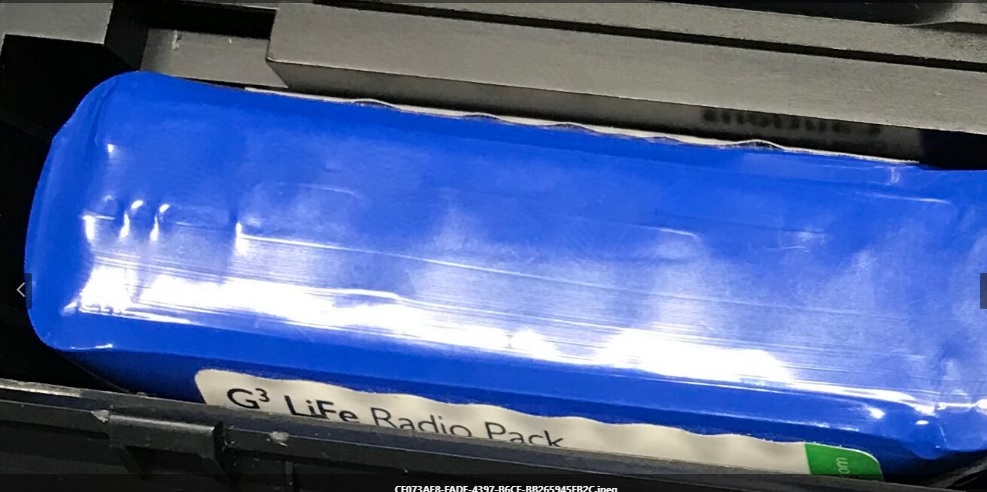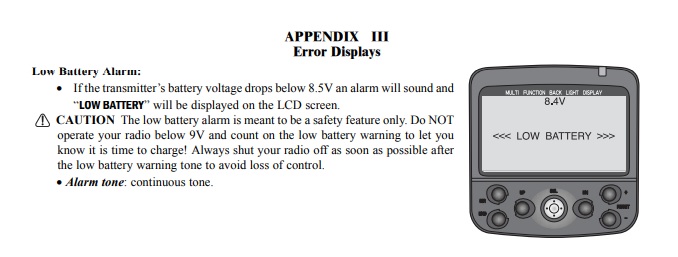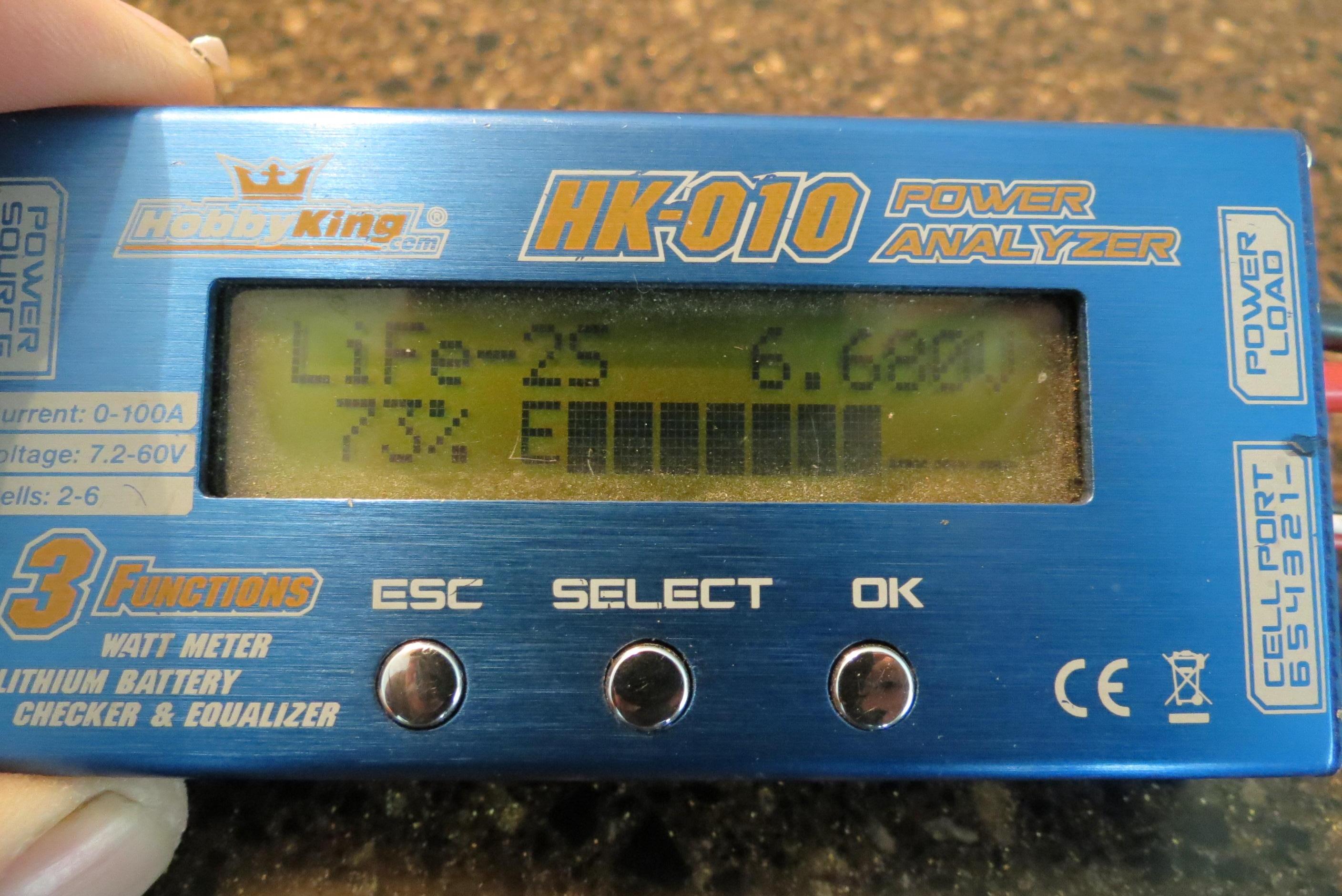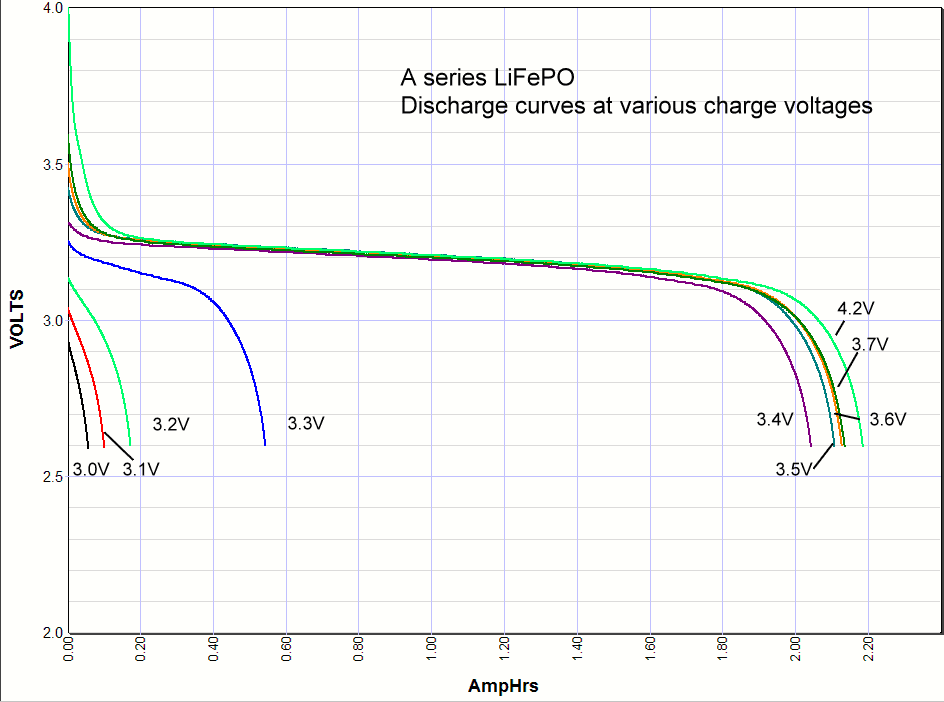I used my Airtronics super EXZES with 9.9 LiFe squares battery. No problem
The battery is puffed. They are no good at that point. Problem.
>>>>
Referring to actual 2.4 Futaba radio's that took the 9.6 volt NiCd flat packs or a 8 cell flat all side by side battery holder. Meaning 3PM 3PM-X 3PK 3PKS type radio's that have been the most popular radio made for the last 10-15 years.
LiFe isn't a problem for the transmitter. It works. It is just no comparison to what the LiPo provides for these transmitters.
For certain if your radio was a 12 volt based the better choice would be LiPo for you NOT LiFe. All radio set up for 8AA's originally are 12 volt radio's.
No one would get what I was explaining unless they get what I was explaining.
I could have showed plenty of pictures of LiFe in Futaba transmitters 8-10 years ago when there were 4-5 manufacturers of the LiFe 3S packs that fit in the Futaba transmitters. Everyone converted to LiPo once they saw the differences with their own eyes and/or talked to the people using them. Didn't take long to realize the LiFe was short changing them because of the low voltage compared to the LiPo. Starting at 12.6 instead of 9.9 did have advantages.
See if I can explain better.
ALL 2.4 radio's that originally took 8 AA batteries are 12 volt based.
12 volt with a 8.5 volt cutoff. 9 volt is the bottom of the safe range. Your LiFe only has .9 volt to use safely. A LiPo 3S starts at 12.6 volt so you have 2.6 volts over to use safely.
The safe usable range of a LiFe is 2.5 volts per cell so for a LiFe 3S that is 7.5 volts as safe discharge voltage. With that being 2 volt below the safe voltage for the radio is obviously not the best choice when you have a LiPo you can use that is perfect voltage range.
Take a 12 volt LiPo with a safe usable range of 3 volts per cell so for LiPo 3S it is 9 volts that is only just reached the safe range for the radio even at full depletion.
The LiFe has no safety net. The LiPo has a huge safety net.
Would you rather start with .9 volts ahead or 2.6 volts ahead. No one that has been there done that would choose a LiFe for the transmitter for the simple fact a LiFe goes a few weeks and a LiPo goes a few months. The safety net is huge with LiPo.
A lot of the orginial futaba radios ran the 7 cell alk. The holders could take 8 if you removed the dead cell section. I used to run my alk 4 cell in the boat. When they were used a bit(down to 1.4v), I moved them to my transmitter. I removed the dead section and ran 8 cells. I was able to run alk down to 1.2v this way with no loss on radio. Then they got used in the clocks of the house. LOL
That is awesome. I love it. Good to the last milliamp.
I was out of hobby for 10-15 years from maybe 1982 to 1997 must have been when those 7 cell radio's were around or I have just forgotten.
I do remember those style NiCd packs though. Maybe I was buying the transmitter set with the rechargeable never realizing it was a 7 count dry cell holder they used. All normal holders that shape are of course 8 cell like that one really is just with a jumper plug instead of one of the cells in there.
I am not even sure a LiPo is made in that exact configuration as all the 8cells are laid out flat in the 2.4 radios and my LiPo would never fit in there anyhow it is a flat pack not the long cube type.
Loved the old stick radio's. I still think it is better driving with a stick. A stick gimbal on a pistol grip radio would be sweet I think.
The stick throttle was slam it to the top and drive that stick. Perfect for that all out drove it like you stole it good ole early nitro days.





